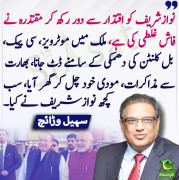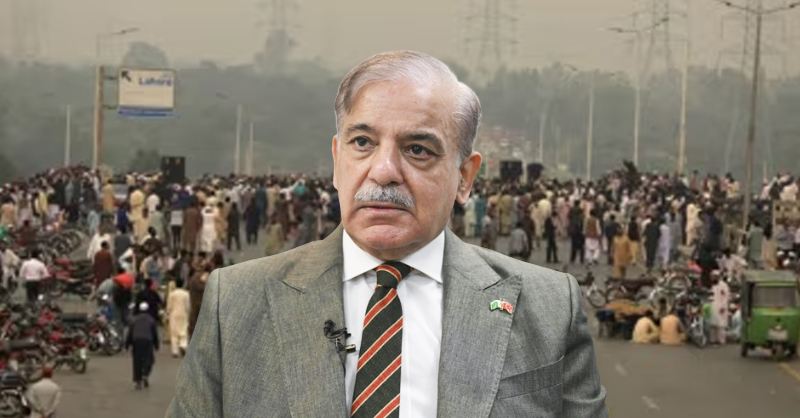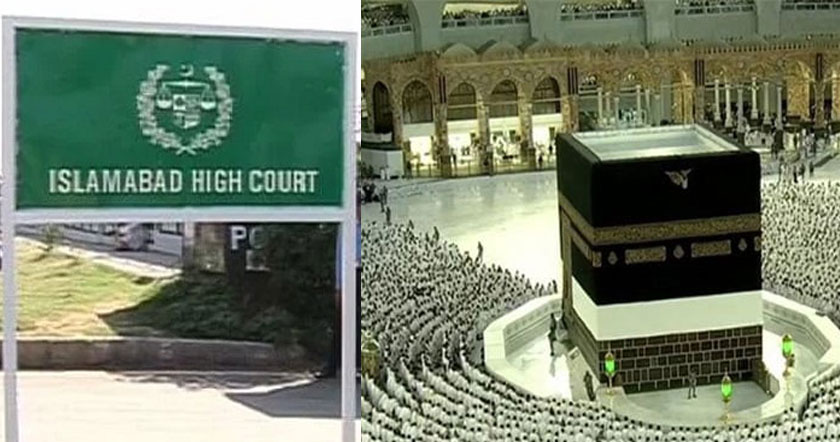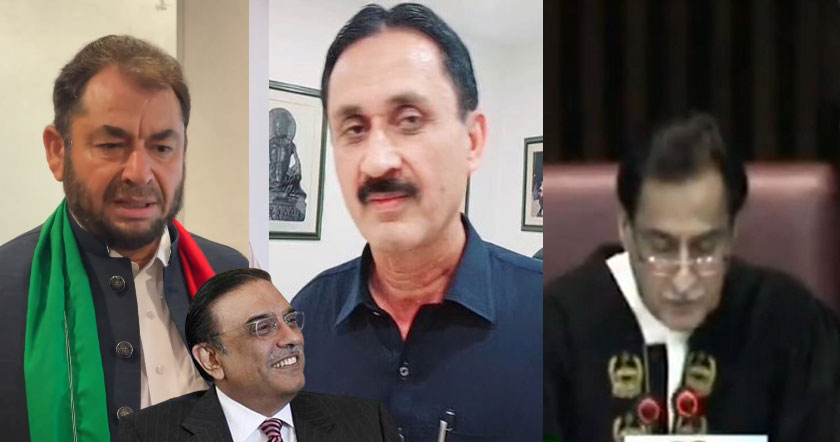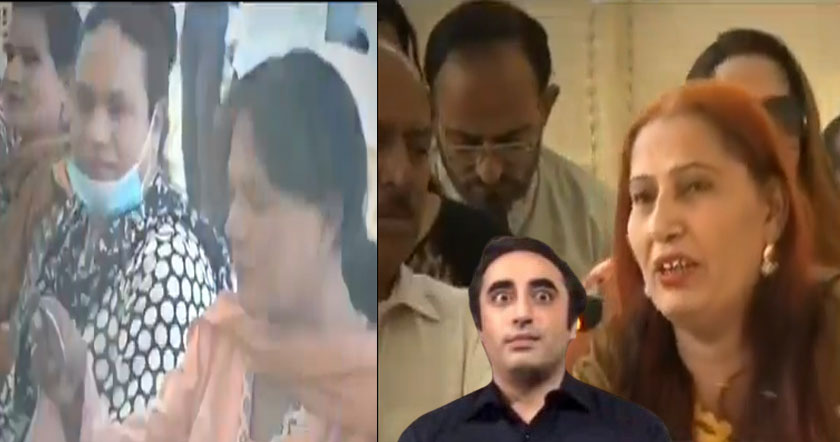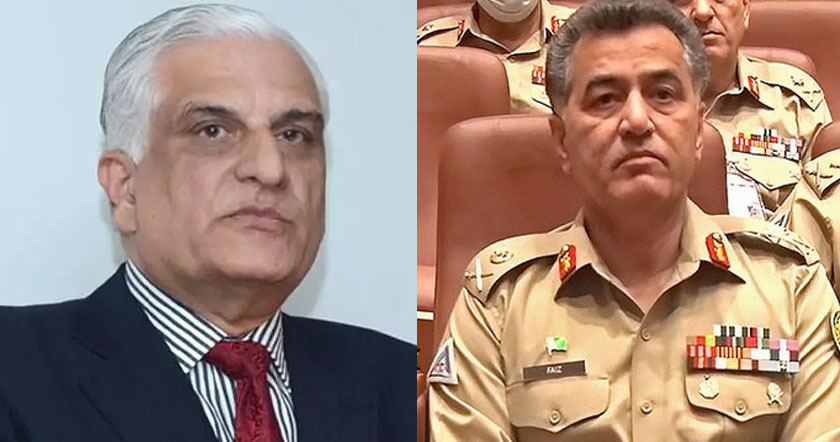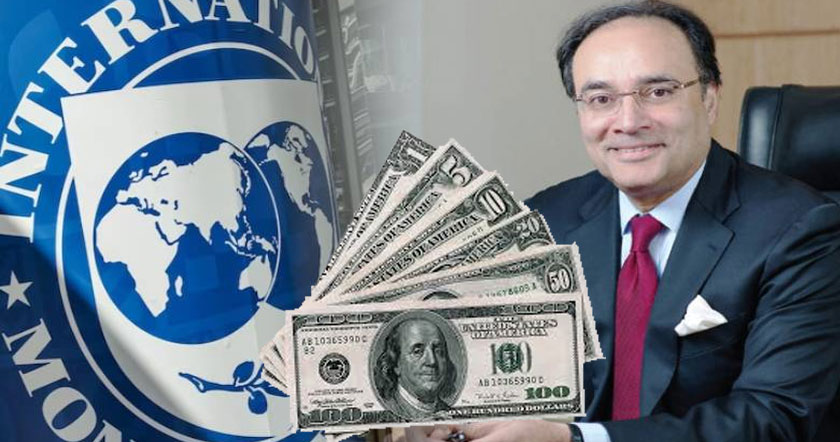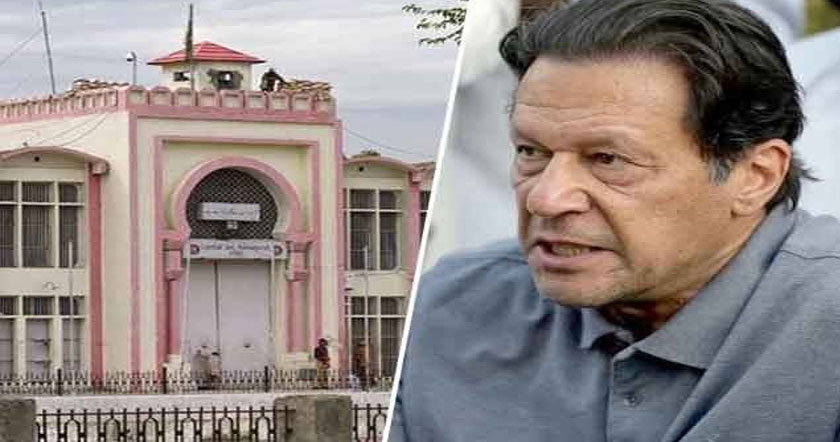Energy conference: When the lights go out
By Khurram Husain
Published: April 13, 2011

Hotel industry on the brink of collapsing in Gilgit-Baltistan due to unprecedented load shedding.
Fittingly enough, the lights went out in the middle of it all. The event was the Pakistan Energy Conference and the Islamabad Electric Supply Corporation greeted the assembled delegates with four hours of loadshedding, as the lights would die out, the hum of the airconditioner would disappear and the computers and projectors would drop, enveloping the gathered delegates in an eerie darkness and silence. A small reminder of the economic cost of power deficits, muttered one delegate as he stood on a dark stage.
All energy consumers are flocking towards natural gas as their fuel of choice, not surprising considering prices of this essential fuel are heavily subsidised by the government. Over the past decade and a half, consumption of natural gas has grown phenomenally in all sectors, from residential to industrial to transport to power generation, with quantities consumed by each doubling in this period. But availability of natural gas and prospects of future discoveries have not kept pace.
This has opened an ugly chapter in Pakistans economic story: The visceral squabbling over dwindling gas reserves. And at the heart of all the discussions at the conference was one graph which projected this state of affairs into 2025.
The graph features two lines: one projects indigenous supply of gas until 2025, and the other projects the demand for this gas till the same date. Both lines track each other until 2011, and then the supply curve heads steeply down while the demand curve climbs inexorably upwards. Both lines open up like the jaws of an alligator until the gap between indigenous supply and demand reaches 2.5 billion cubic feet per day (bcfd) in 2016, and 8 bcfd in 2025.
To give you an idea of what these numbers mean, consider this. Today this gap is less than 1 bcfd and the shortages are creating severe law and order problems, and serious challenges for government to preside over excruciating choices between cutting off industry, power or residential consumers.
Imagine what will happen when these scarcities reach the levels projected. By 2.5 bcfd you have near civil war. By 8 bcfd there wont be an economy left. There arent many problems in the country that are more urgent than the challenge of our dwindling gas supplies.
So what should we do? The recommendations coming out of the conference begin with this: Withdraw the subsidy on gas prices and bring its price at par with the next alternative fuel in each sector. The biggest loser in this exercise is domestic consumers, whose gas bills could rise by more than five hundred percent, but power generation will also become at least three times more expensive.
But is there a way to bridge the impending fuel deficits without raising prices by such huge orders of magnitude? The short answer to emerge from the conference is, no. We should prepare ourselves for a rapid escalation in the price of energy, in all its forms, in the years to come. And this is irrespective of whether we are successful in arranging supplies.
Conspicuous by their absence were government representatives, prompting one senior executive to ask at one point for whom are we holding this conference? Where are the policy makers? The Secretary Petroleum and the Secretary Water and Power were both meant to chair a session each, but none came. The only time government reps were seen was when the Prime Minister arrived, but they left with him. They showed up again when the Minister for Water and Power arrived, and again left with him.
The overwhelming sense was that the exercise is largely futile because the government lacks the will and capacity to implement the recommendations. Naveed Qamar, the Water and Power Minister, tried to address these sentiments in his closing remarks by stating blandly that the will to tackle these problems is not lacking.
Time will clarify that for us. But more ominously, time is also going to clarify the costs. The price of future energy is no longer our choice, but arranging future supplies is. And we need to start moving on that in a big way, if the lights are not to go out for a lot longer than they did during the conference.
Published in The Express Tribune, April 13th, 2011.
By Khurram Husain
Published: April 13, 2011
Hotel industry on the brink of collapsing in Gilgit-Baltistan due to unprecedented load shedding.
Fittingly enough, the lights went out in the middle of it all. The event was the Pakistan Energy Conference and the Islamabad Electric Supply Corporation greeted the assembled delegates with four hours of loadshedding, as the lights would die out, the hum of the airconditioner would disappear and the computers and projectors would drop, enveloping the gathered delegates in an eerie darkness and silence. A small reminder of the economic cost of power deficits, muttered one delegate as he stood on a dark stage.
All energy consumers are flocking towards natural gas as their fuel of choice, not surprising considering prices of this essential fuel are heavily subsidised by the government. Over the past decade and a half, consumption of natural gas has grown phenomenally in all sectors, from residential to industrial to transport to power generation, with quantities consumed by each doubling in this period. But availability of natural gas and prospects of future discoveries have not kept pace.
This has opened an ugly chapter in Pakistans economic story: The visceral squabbling over dwindling gas reserves. And at the heart of all the discussions at the conference was one graph which projected this state of affairs into 2025.
The graph features two lines: one projects indigenous supply of gas until 2025, and the other projects the demand for this gas till the same date. Both lines track each other until 2011, and then the supply curve heads steeply down while the demand curve climbs inexorably upwards. Both lines open up like the jaws of an alligator until the gap between indigenous supply and demand reaches 2.5 billion cubic feet per day (bcfd) in 2016, and 8 bcfd in 2025.
To give you an idea of what these numbers mean, consider this. Today this gap is less than 1 bcfd and the shortages are creating severe law and order problems, and serious challenges for government to preside over excruciating choices between cutting off industry, power or residential consumers.
Imagine what will happen when these scarcities reach the levels projected. By 2.5 bcfd you have near civil war. By 8 bcfd there wont be an economy left. There arent many problems in the country that are more urgent than the challenge of our dwindling gas supplies.
So what should we do? The recommendations coming out of the conference begin with this: Withdraw the subsidy on gas prices and bring its price at par with the next alternative fuel in each sector. The biggest loser in this exercise is domestic consumers, whose gas bills could rise by more than five hundred percent, but power generation will also become at least three times more expensive.
But is there a way to bridge the impending fuel deficits without raising prices by such huge orders of magnitude? The short answer to emerge from the conference is, no. We should prepare ourselves for a rapid escalation in the price of energy, in all its forms, in the years to come. And this is irrespective of whether we are successful in arranging supplies.
Conspicuous by their absence were government representatives, prompting one senior executive to ask at one point for whom are we holding this conference? Where are the policy makers? The Secretary Petroleum and the Secretary Water and Power were both meant to chair a session each, but none came. The only time government reps were seen was when the Prime Minister arrived, but they left with him. They showed up again when the Minister for Water and Power arrived, and again left with him.
The overwhelming sense was that the exercise is largely futile because the government lacks the will and capacity to implement the recommendations. Naveed Qamar, the Water and Power Minister, tried to address these sentiments in his closing remarks by stating blandly that the will to tackle these problems is not lacking.
Time will clarify that for us. But more ominously, time is also going to clarify the costs. The price of future energy is no longer our choice, but arranging future supplies is. And we need to start moving on that in a big way, if the lights are not to go out for a lot longer than they did during the conference.
Published in The Express Tribune, April 13th, 2011.


